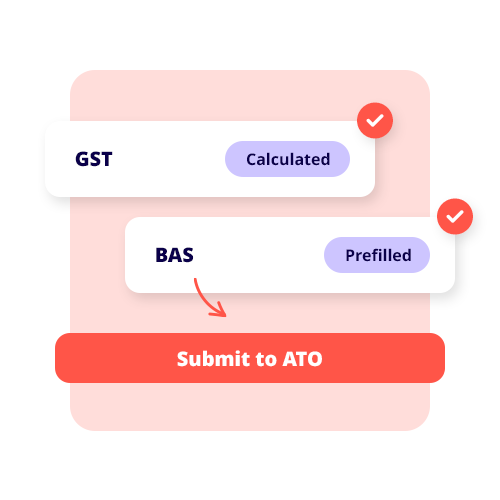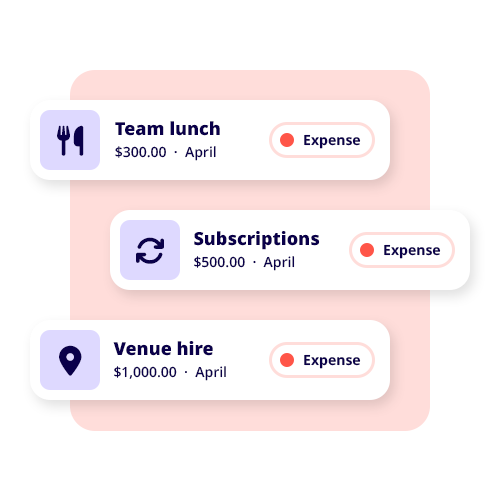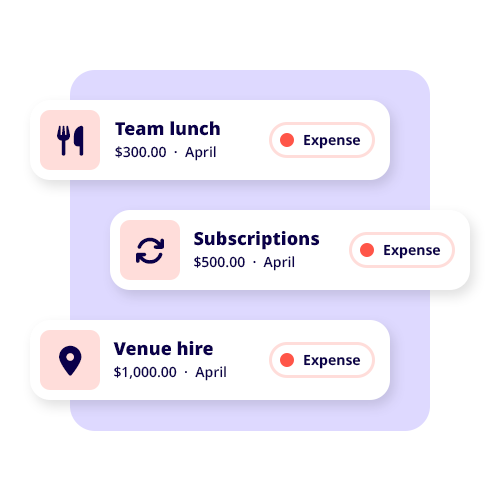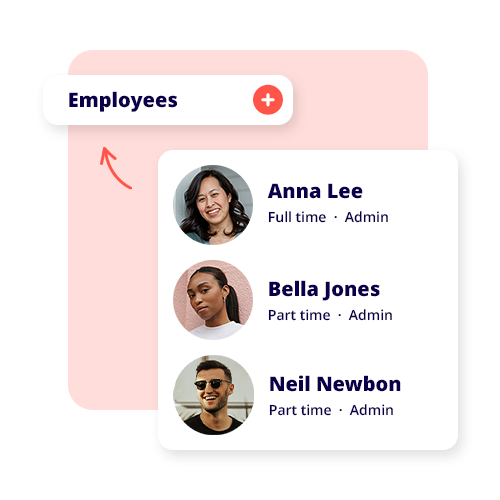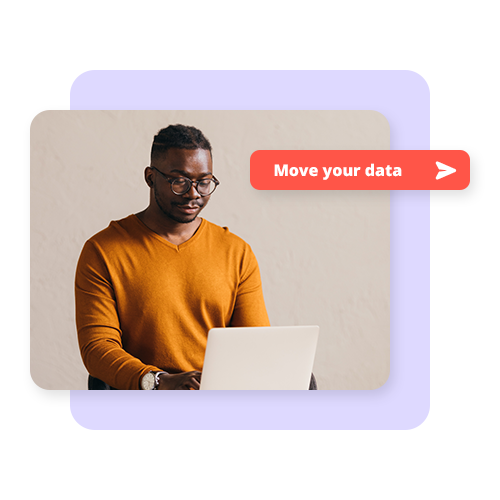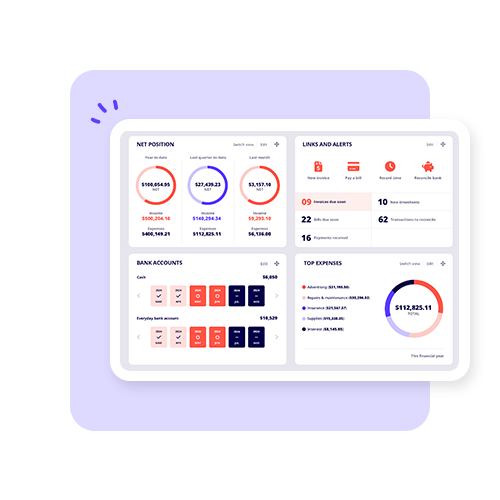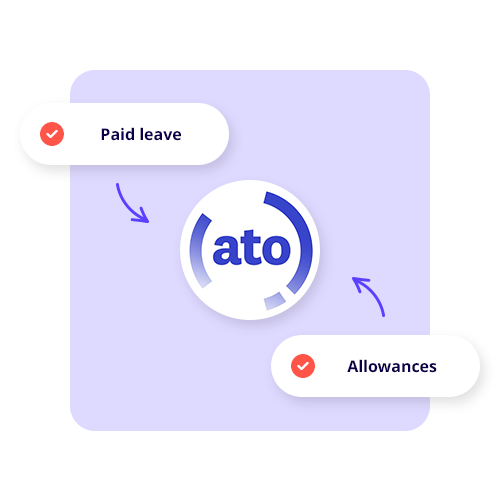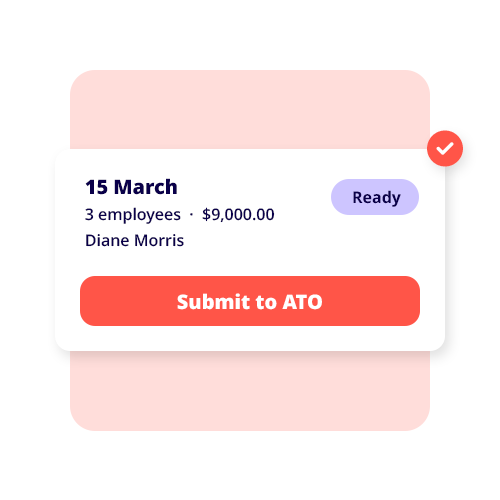TABLE OF CONTENTS
Getting your business online provides you with limitless opportunities. Whether you adopt a complete digitisation or a hybrid model, incorporating the internet as a resource will give you newfound adaptability, efficiency, and resilience in today’s competitive landscape.
When it comes to digitising your business, you need to ask yourself:
1. Why should my business digitise?
2. What is the best starting point to go digital?
Let’s explore what is involved in digitising your business.
What is Digitisation?
Digitisation is the method of transferring the physical aspects of something into a digital space. For instance, in the modern world, due to digitisation, you can now read or listen to books without having a physical copy.
The act of digitising your business is much the same. Instead of having customers physically interact with you, you bring your business to them by establishing an online presence via a website or social media.
Why does my business need to digitise?
Creating a digital presence allows your business to be seen online. It makes your goods and services accessible to a broader range of customers and gives you credibility. When someone wants to purchase something, what do they do? They check the company’s website and reviews. It is your job to make sure they see you.
With digital tools at your fingertips, your business can not only utilise the marketing opportunities involved with an online presence, but you can also improve your business with:
- Better business processes: Digital tools increase efficiency and internal procedures by reducing manual entry and automating specific processes, usually through integrating software programs into how you do business.
- Insight and analysis: Businesses can enhance their decision-making by using data analysis tools, which investigate and produce forecasts, reports, and insights at a lower cost.
- Customer outreach: Social media and low-cost marketing tools allow businesses to connect, enhance their brand identity, and sell to customers beyond what is possible from a standard brick-and-mortar business model.
- Improved scalability and reduced costs: Without physical resources like office space and land, digitising a business can provide a virtual presence, reduce costs, and increase accessibility.
Undergoing a complete digital overhaul of your business isn’t entirely necessary, however, as it can be impractical for some industries to do so. For example, a lawn mowing business can’t cut grass online. However, there are some great ways to still incorporate it into your business, and working remotely can insulate you from market shocks like COVID-19.
To begin the process of digitising, it’s important to start small and implement practices as you grow or establish your business. Let’s take a look.
Establishing your small business’s online presence
To begin the digitisation process, establish your current and future business needs. For example, is your retail business seeking more visibility and better internal procedures? You would establish a social media presence and build your customer base, then work towards trialling different inventory, customer relationship, or accounting management systems to refine your operations.
As your digitising journey progresses, the tools get more complex.
Social media for your small business
Social media is a powerful tool that allows businesses of any size to reach millions of people. The research you need to gather before beginning is:
- Demographics: Who do you want to reach?
- Product: How does social media provide value to my business?
- Access: Which platform will better suit my business?
- Visibility: How will social media increase my brand?
Different social media platforms have different functionality. For example, LinkedIn is a networking community that brings working professionals and businesses together, making it great for company announcements and motivational posts. Instagram, on the other hand, is less formal and highly visual, making it useful for short-form videos and aesthetic photos. This makes choosing the right social media platform important for your business.
Creating a website for your small business
Website building requires more effort and knowledge than social media. Depending on your needs, you may just need a landing page for your online presence, or multiple site pages for your business to function. It’s all about purpose.
For instance, a retail clothing shop would benefit from a multi-page site cataloguing its products, store contact and support information, terms and conditions, privacy information, and cart and payment processes. A plumber may need a more general landing page with contact information.
Setting up a website isn’t as straightforward as creating a social media account. The more involved you are with your business needs, the more complex the solution is:
- Basic: Landing page used entirely for simple marketing and online presence.
- Secondary: Website built for more than a landing page, but not as intensive.
- Intermediate: Needs a hosted website that requires multiple pages, integrations (internal processes) and functions (plugins). May need an IT department.
- Advanced: This is a bespoke website that is built from the ground up and covers all functionality. It requires developers and an IT department.
There are plenty of cost-effective web design platforms that you can choose from, like WordPress, Squarespace, and Weebly. Website building and hosting platforms cover 90% of business needs, so advanced web design solutions only make sense if your business is growing towards that type of scalability.
It’s worth mentioning that in some cases, social media can be your marketing, online presence, and landing page all-in-one. This best suits lower-end needs. For instance, our lawn mowing business can cover all these bases by simply using a Facebook page.
Digitising your business processes
Part of digitising your business involves the use of specific tools for specific functions. For example, accounting and payroll software are obvious choices when it comes to business infrastructure. They can help keep your business compliant with the ATO and reduce manual data entry.
Plenty of resources are available depending on what functionality you’re looking for, whether you need software to improve your marketing, sales, or inventory management. Whatever software you do decide to use, make sure you can integrate it to properly serve your business.
Is the hybrid model or full digitisation best?
Ultimately, you choose how your business operates. Most small businesses will opt for a hybrid model, usually by using social media as their marketing tool and online presence, while also using software providers for their accounting and compliance needs. To understand whether you need to upscale your operations digitally, you can follow this checklist:
Digitisation Stage Checklist
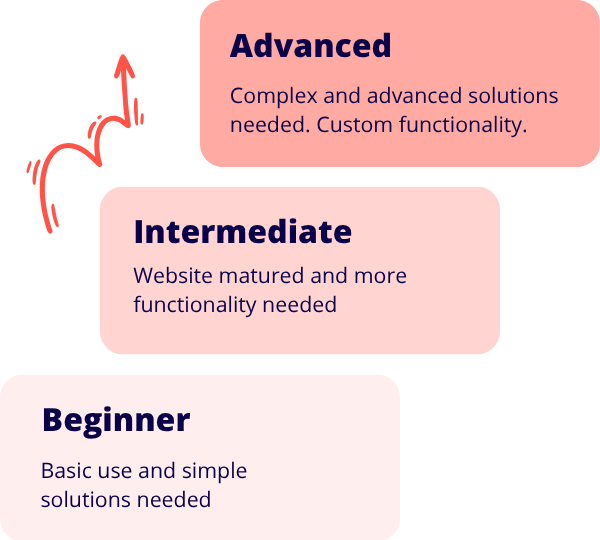
- Beginner stage: Basic use and solutions needed. Can be fulfilled by using freemium services with social media platforms and basic subscriptions to web hosting platforms.
- Intermediate Stage: Website has matured into different avenues and requires advanced solutions. More specific tools and plugins are required to upscale operations.
- Advanced Stage: Utilising more software tools. The website is expanding into new areas to scale business needs. Bespoke customisation required.
Whatever stage your business is at, make sure you research and compare to find the right solution for your business.


























